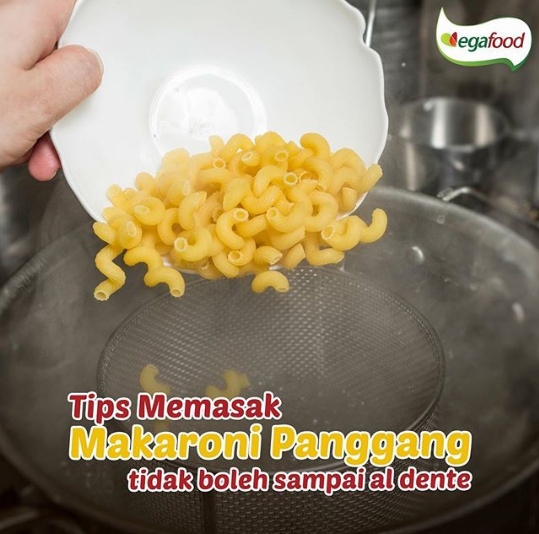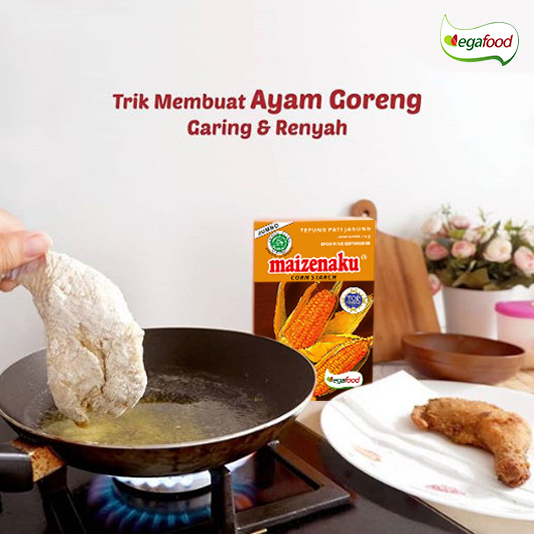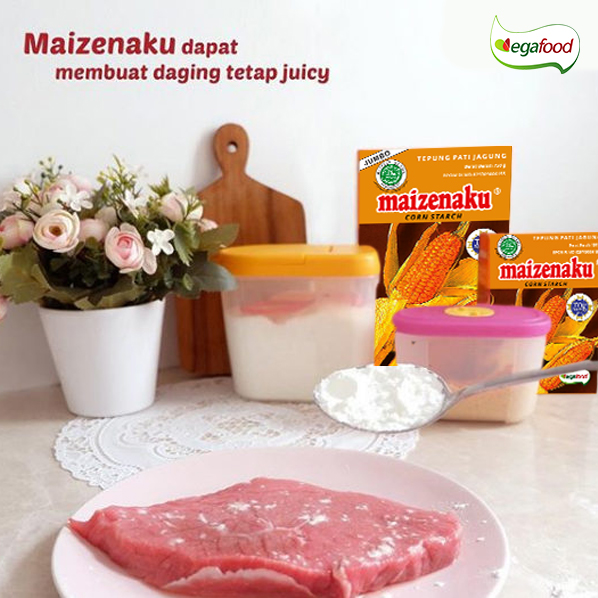- Article
- 6,931Views
What Is Maizena and How to Make It
November 18, 2021
History of Maizena

Reporting from The List, the ability of corn flour to remove oil stains on clothes lies in the super absorbent power of corn flour. Corn flour can absorb oil from fabrics made of any material.
According to PureWow, the best way to get rid of oil stains on clothes is to mix cornstarch with water until it has a paste-like texture in equal proportions. After that, apply the paste directly to the spot where the stain is on the clothes. Whether it’s a new stain or an old one. Leave the cornstarch paste on the clothes overnight. PureWow also recommends placing a paper towel or washcloth under the area where the cornstarch paste is being applied just in case the color comes out.
Then in the morning, (or whenever you can) simply remove the paste and the oil stains on the clothes will disappear. In addition to oil stains on clothes, corn flour can also help remove oil stains on asphalt or concrete surfaces in the garage. The Spruce says that cornstarch can help to get rid of it. Although indeed, some people sometimes just let oil stains stick to the concrete or asphalt surface in the garage. What you have to do is just take the cornstarch and sprinkle it on the oil-stained part of the garage.
You can sprinkle it in large quantities. You need a thick layer because there may be a lot of stubborn oil stains. After that, leave the cornstarch for a few hours then you can sweep or use a vacuum to absorb the stuck oil. If there are still stains left, you can sprinkle some cornstarch again. Until 1850, corn flour was mostly used for washing clothes and industrial processes rather than for making food.
Reporting from boladeli.id, many people have misinterpreted the name ‘Maizena’ Actually, Maizena is a flour brand from Mexico. But in Indonesia, cornstarch is instead used as a name for corn flour. So, Indonesians should call it corn flour instead of cornstarch. So if someone asks ‘cornstarch is the same as what flour?’. Then the answer is the same with corn flour or rather corn starch and different from hunkwe flour. While in the Big Indonesian Dictionary (KBBI) it is mai.ze.na[n] corn flour.
What is Cornstarch
Cornstarch, also known as cornflour in some regions, is a fine, white, powdery substance that is commonly used as a thickening agent in cooking and baking. It is made from the starchy endosperm of corn kernels. Here’s how it is typically produced:
Corn Selection: Dent corn, a specific type of maize (corn), is usually used to make cornstarch. This variety of corn is high in starch content.
Processing: The corn kernels are first steeped in water and then separated into their various components, such as starch, protein, and fiber. The starchy part of the corn kernel is isolated through a process of wet milling.
Drying: The separated starch is then dried to reduce its moisture content, resulting in a fine, powdery substance, which is cornstarch.
Cornstarch is primarily used as a thickener in a wide variety of recipes, including soups, sauces, gravies, custards, and puddings. When mixed with a liquid and heated, it forms a gel-like consistency that helps to thicken the mixture. It is often preferred in recipes where a clear or neutral thickening agent is desired because it doesn’t impart much flavor.
In addition to its culinary uses, cornstarch has various other applications, including its use in the production of biodegradable plastics, as a component in certain cosmetics, and as a coating for frying foods to give them a crispy texture.
It’s important to note that cornstarch should be stored in a cool, dry place to prevent clumping and spoilage. When using cornstarch as a thickener, it should be mixed with a cold liquid before being added to hot dishes to avoid lumps.
What is The Difference between Cornstarch and Maizena?
Cornstarch and maize flour are made from corn. Cornstarch is the result of grinding the entire corn kernel into a fine powder. Therefore, cornstarch contains proteins, fiber, starch, as well as vitamins and minerals found in whole corn. Cornstarch is typically yellow in color.
On the other hand, maize flour is made by removing the proteins and fiber from corn kernels. This process leaves behind the starchy center called the endosperm, which is ground into a white powder, known as maize flour or cornstarch. Maize flour is also referred to as cornstarch. Maize flour has a smooth and pure white appearance.
Because it is made from the whole corn kernel, cornstarch is usually yellow. However, depending on the variety of corn used, cornstarch can be yellow, white, or even blue in color.
Maizena Flour Making Process

Maizena flour is a fine gain derived from the endosperm of corn kernels that have been dried and crushed. Corn flour is a food ingredient commonly used as a thickener for soups or sauces and can also be used to make corn syrup and other sweeteners. Delicious and simple meals can be made using cornstarch. Corn that has been turned into flour will be easier to use to make a variety of cakes and other foods.
The conditions that must be met by corn flour based on the Indonesian National Standard(ISN) are low water content, good smell, color, and taste and are not polluted by foreign objects that are harmful to the human body. To produce quality corn flour, it is necessary to know how to make corn flour.
There are 3 stages in producing corn flour, namely:
1. Corn Extraction Method
Corn is shelled using a corn sheller machine so that the shelling process runs quickly and producers a lot of shelled corn is cleaned to facilitate the grinding process. Corn kernels that have been cleaned are dried for approximately 1-2 hours at a temperature of 5°C. After that, the corn kernels were ground using a corn milling machine to separate the endosperm, institutions and husks of the corn kernels. The results of the milling process still need to be dried to reduce the moisture content to 15% – 18%
2. Water Immersion method
That is by soaking corn rice for 24 hours with water. After 24 hours, drain and dry in the sun then sifted through a sieve. When all is done, the flour from the filtering is dried again in the sun so that the water content drops. Flour with a high water content is not only durable but also invites mold to breed, so the smell and be until for consumtion.
3. Lime Solution Immersion Method
Corn kernels are immersed in a solution containing 5% lime with the aim of releasing large amounts of pericarp. This soaking process takes 24 hours and then dried until the water content becomes 14%. The dried corn kernels are then ground and sifted into flour.
Furthermore, after all processes are completed, then the packaging is carried out so that the corn can be stored in the form of flour with a longer shelf time and is easy to process into various delicious foods.
Maizenaku
Maizenaku is the corn flour of choice with the number one quality that can be the best choice with the number one quality that can be the best choice when you need quality food ingredients. Maizenaku has a tickening power 2x stronger than other brands, the color of the sauce is clearer and NON GMO (does not contain GMO)
- Color is brighter
- Hygienic process
- Mintained quality
- Tasty money
- Crispy texture



